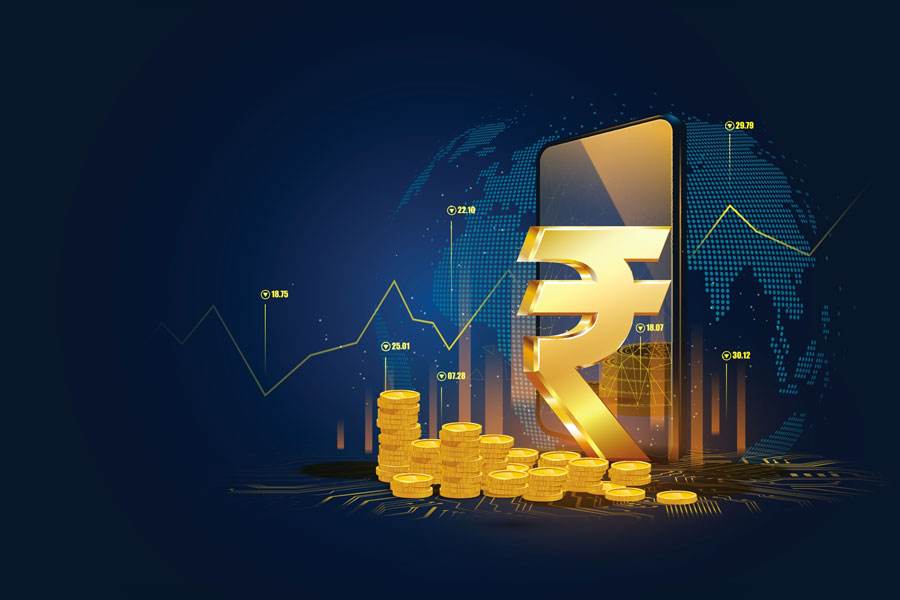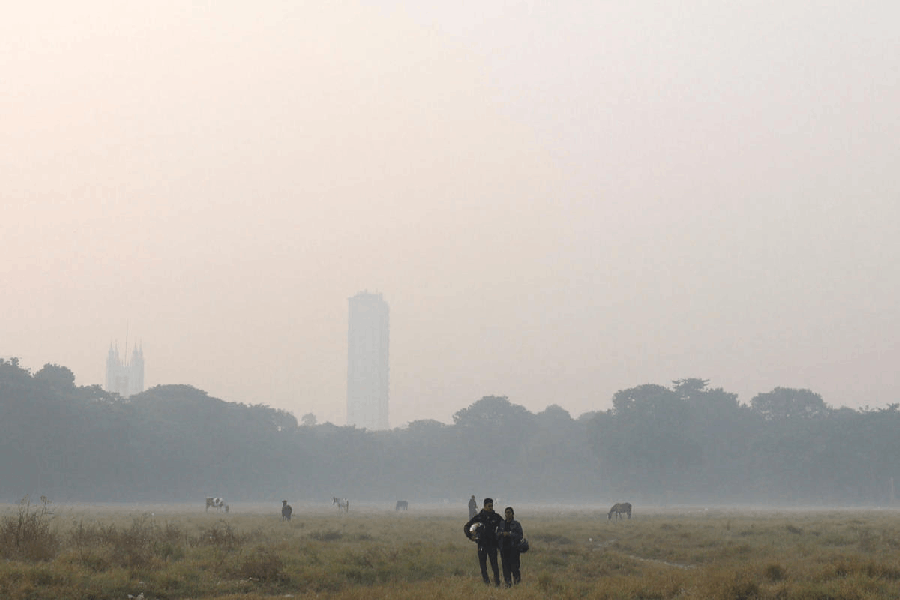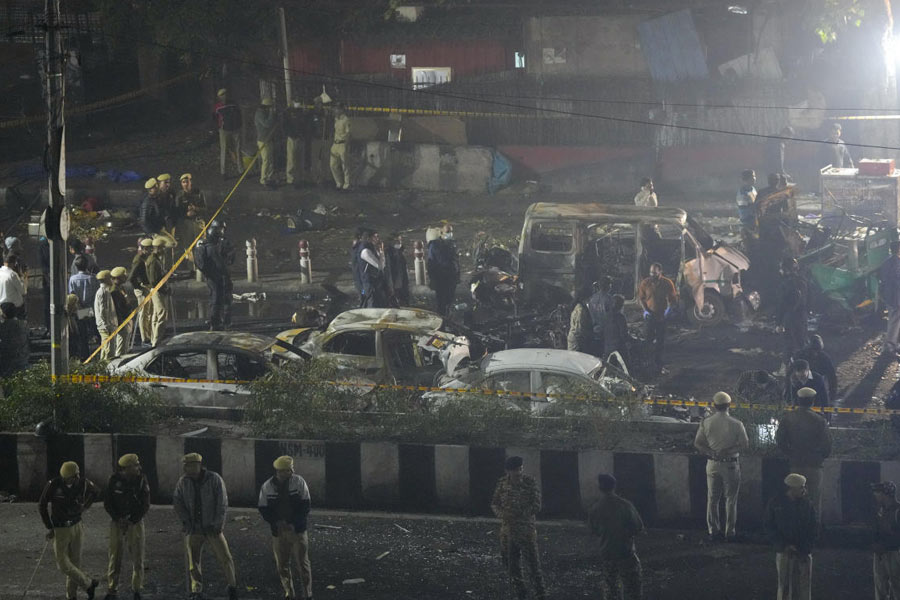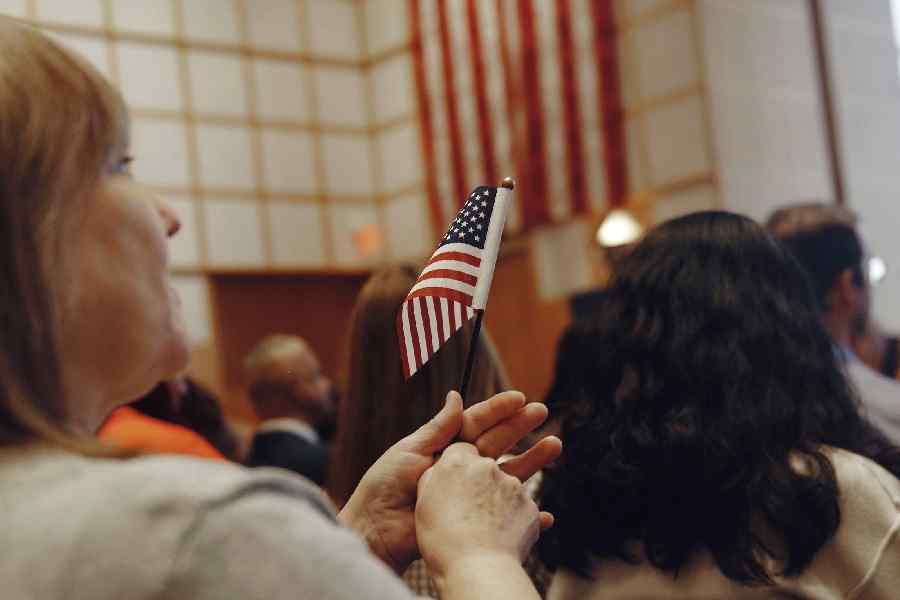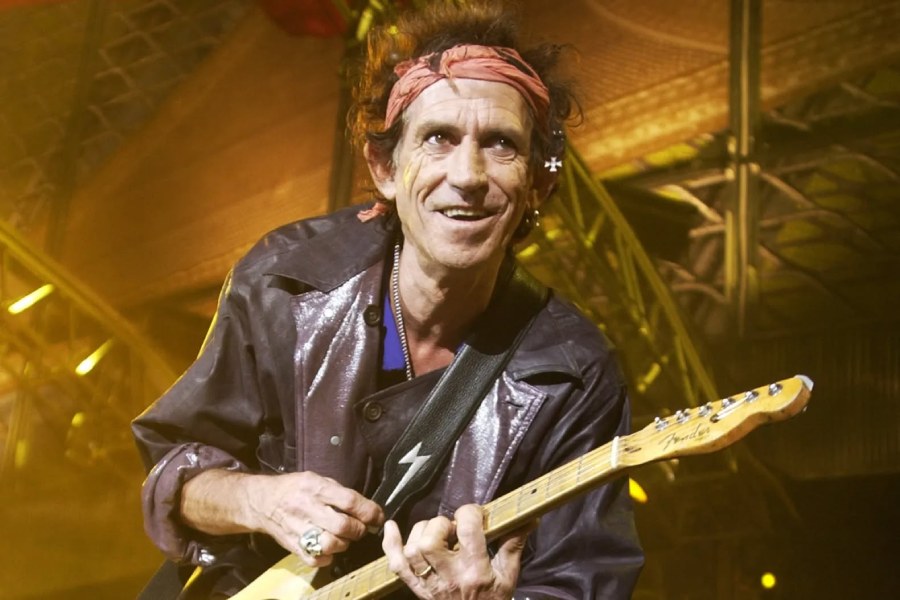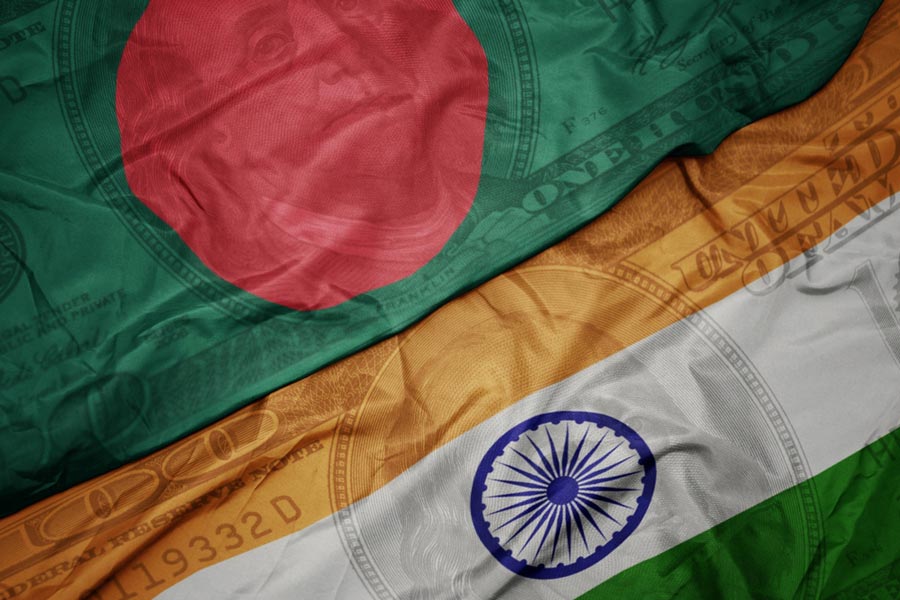 |
 |
 |
| (From top) Bijaya Jena renders Odissi vocal, Baladev Maharatha paints and Hindustani vocalist Neenal Datai performs at Rajarani Music Festival 2011 in Bhubaneswar. Pictures by Ashwinee Pati |
Bhubaneswar, Jan. 19: An assembly of musicians and vocalists from the classical music fraternity of the country is in the city to perform at the annual musical extravaganza, the Rajarani Music festival that is held on the premises of the Rajarani temple.
The first day of the cultural event organised by the Orissa tourism department, was inaugurated on Tuesday and presented number of vibrant recitals.
The programme that was inaugurated by chief minister Naveen Patnaik, began with guru Bijay Jena regaling the music aficionados with a remarkable repertoire that included all classical aspects of Odissi music.
All the three components of Odissi music like Raganga, Bhabanga and Natyanga were presented by the exponent during his musical presentation. Guru Jena started with a composition of Kabisurya, ‘Aaji e ki gumanare’.
The touching lyrics were strung into a fascinating melody and Jena’s voice lent the composition a magical touch. He carried on mesmerising the crowd with Kishore Chadranan’s Champu item ‘Leelanidhi He’. But one of the most beautiful renditions by Jena was the composition of Kabisamrat Upendra Bhanja, ‘Na kara Rama maana’.
Vocalist Neenal Datai took over the stage after Jena’s performance. She presented a number of items on classical Hindustani ragas. Performing raga Shree, raga Chhayanat and a soul-stirring Meera bhajan, Datai cast a spell on the audience with her melodious voice. Another highlight of this sequence was the jugalbandi between music and art since well-known artist Baladev Moharatha was painting along side the stage in co-ordination with Datai’s recital.
Vidwan Peravali Jaya Bhaskar and his troupe took the audience to a state of musical trance with their ensemble of taala-badya or percussion. The symphony by a number of artistes on various musical instruments like the Mridangam, tabla, ghatam, kanjeera, flute, sitar was pulsating.
The vibrant rendition began with an instrumental presentation of Ganesh bandana followed by solo and group recitals on Shankarabharanam pallavi of the Carnatic genre of Indian classical music.
The last segment was equally gripping, titled Sawal Jawab, which was more of a jugalbandi.
The three-day festival has a wide appeal among the denizens of the city. “The music presented by the exponents who performed here feels like connecting us with the divine,” said Rupali Jena, a college student. “The event has given us a chance to witness recitals on a variety of ragas and instruments,” said Uttam Tripathy, a tabla student.





